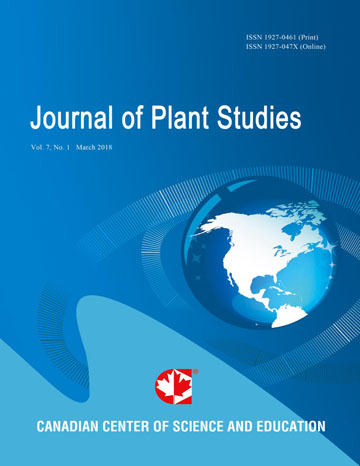Nuclei Release Methods Comparison for Fresh Leaves of Rice (Oryza sativa) for Efficient High Throughput Flow Cytometry Ploidy Studies
- Isidre Hooghvorst
- Xavier Serrat
- Salvador Nogués
Abstract
Flow cytometry trituration methods and the efficiency of isolation buffer solutions are compared in this study for extraction of nuclei from fresh leaves of rice. The razor blade sample trituration procedure has been widely used to release nuclei from tissues in many plant species, and combined with different isolation buffers for low throughput analysis. In contrast, the bead beating trituration method has rarely been used for DNA ploidy determination, despite it being proposed as a less tedious alternative procedure to prepare nuclear suspensions. In this study, bead beating was assessed and compared with the traditional chopping procedure. Each trituration method was combined with one of three nuclear isolation buffers (i.e. Hanson’s, Otto’s and LB01 buffer). Bead beating was applied for the first time using all three of the buffers, resulting in a rapid and effective procedure for ploidy determination in fresh rice leaves. In addition, bead beating saved, while reducing the exposure of the user to harmful substances. The best results were obtained when Hanson’s nuclear isolation buffer was combined with the bead beating trituration method.
 PDF
PDF
